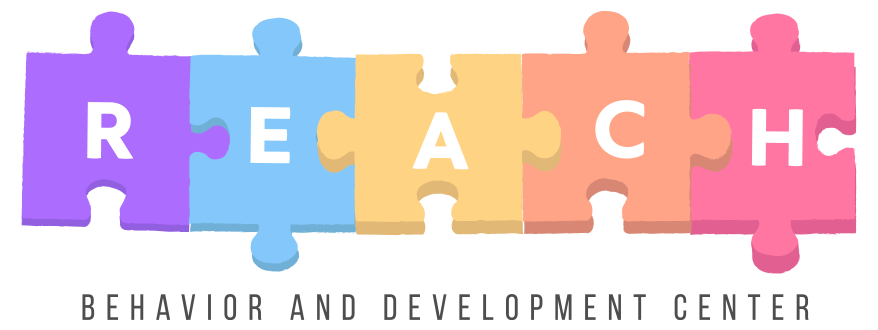
Navigating Speech-Language Therapy and ABA Therapy: What’s Best for My Child?
As a parent, navigating the landscape of therapy options for your child can be overwhelming, especially when it comes to making decisions about speech-language therapy and Applied Behavior Analysis (ABA) therapy. Both of these interventions play crucial roles in supporting children with developmental, communication, and behavioral challenges. However, it’s natural to wonder which approach is the best fit for your child’s unique needs. In this article, we’ll explore the key aspects of speech-language therapy and ABA therapy, and provide insights to help you make an informed decision for your child.
Understanding Speech-Language Therapy:
Speech-language therapy is designed to address communication disorders and difficulties, including speech, language, and social communication challenges. This type of therapy is delivered by speech-language pathologists (SLPs) who are trained to assess, diagnose, and treat individuals with a wide range of communication disorders. Speech-language therapy aims to improve a child’s ability to understand and use language, articulate speech sounds, and engage in effective social communication.
Recent research has shown the effectiveness of speech-language therapy in supporting children with speech and language disorders. For example, a study published in the Journal of Speech, Language, and Hearing Research (Cabbage et al., 2023) demonstrated the positive impact of intensive speech-language therapy on improving expressive language skills in children with autism spectrum disorder (ASD).
Understanding ABA Therapy:
ABA therapy is a systematic approach to understanding and changing behavior. It is based on the principles of learning theory and focuses on analyzing and modifying behavior to improve social and communication skills, as well as reduce challenging behaviors. ABA therapy is often used to support children with autism spectrum disorder (ASD) but can also benefit individuals with other developmental challenges.
Recent studies have highlighted the effectiveness of ABA therapy in improving social communication and adaptive behaviors in children with ASD. For instance, a meta-analysis published in the Journal of Autism and Developmental Disorders (Smith et al., 2022) found that ABA interventions led to significant improvements in social communication skills and adaptive behaviors in children with ASD.
Making an Informed Decision:
When considering speech-language therapy and ABA therapy for your child, it’s important to recognize that both interventions can complement each other and address different aspects of your child’s development. For example, if your child has significant challenges with communication and language, speech-language therapy may be a primary focus to enhance their expressive and receptive language skills. On the other hand, if your child exhibits challenging behaviors that impact their social interactions and learning, ABA therapy may be beneficial in addressing those specific behaviors.
It’s crucial to consult with professionals such as speech-language pathologists, behavior analysts, and developmental pediatricians to gain a comprehensive understanding of your child’s needs. These experts can conduct thorough assessments and provide personalized recommendations based on your child’s strengths and areas of growth.
In the journey of choosing therapy options for your child, it’s important to approach the decision with an open mind and a commitment to finding the best possible support for your child’s development. Both speech-language therapy and ABA therapy have been shown to make meaningful differences in the lives of children with communication and behavioral challenges. By seeking guidance from qualified professionals and considering your child’s individual needs, you can make informed decisions that support your child’s growth and well-being.
References:
– Cabbage, K. L., et al. (2023). Intensive


